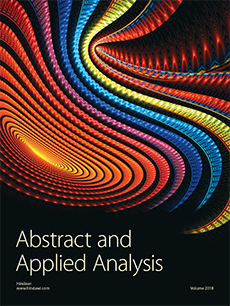Abstract
We focus on a spatially extended Holling-type IV predator-prey model that contains some important factors, such as noise (random fluctuations), external periodic forcing, and diffusion processes. By a brief stability and bifurcation analysis, we arrive at the Hopf and Turing bifurcation surface and derive the symbolic conditions for Hopf and Turing bifurcation on the spatial domain. Based on the stability and bifurcation analysis, we obtain spiral pattern formation via numerical simulation. Additionally, we study the model with a color noise and external periodic forcing. From the numerical results, we know that noise or external periodic forcing can induce instability and enhance the oscillation of the species density, and the cooperation between noise and external periodic forces inherent to the deterministic dynamics of periodically driven models gives rise to the appearance of a rich transport phenomenology. Our results show that modeling by reaction-diffusion equations is an appropriate tool for investigating fundamental mechanisms of complex spatiotemporal dynamics.
Citation
Lei Zhang. Zhibin Li. "Spatial Complexity of a Predator-Prey Model with Holling-Type Response." Abstr. Appl. Anal. 2014 (SI01) 1 - 15, 2014. https://doi.org/10.1155/2014/675378
Information





